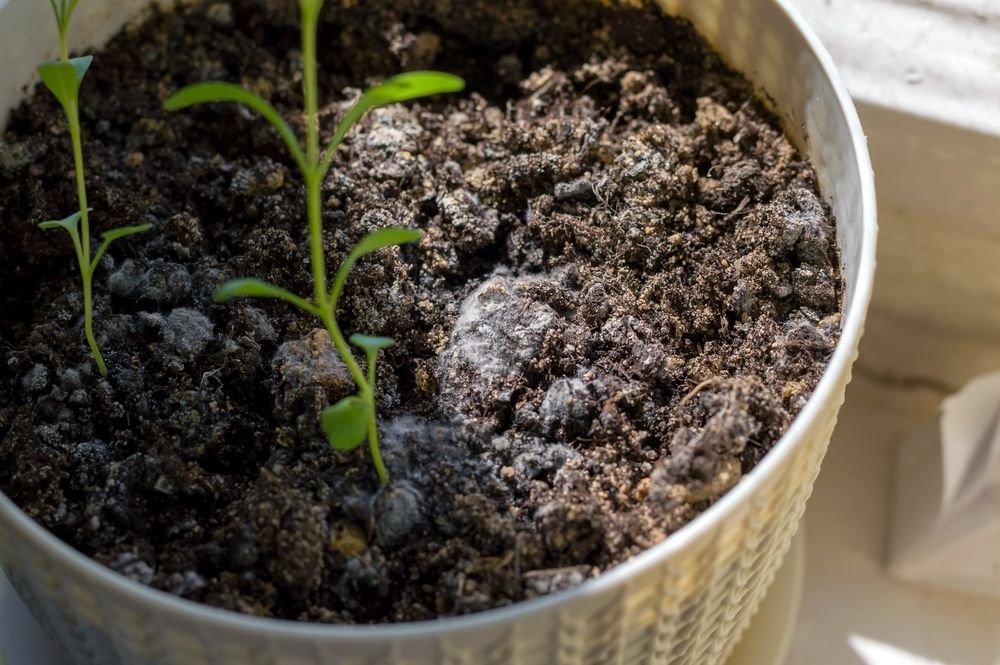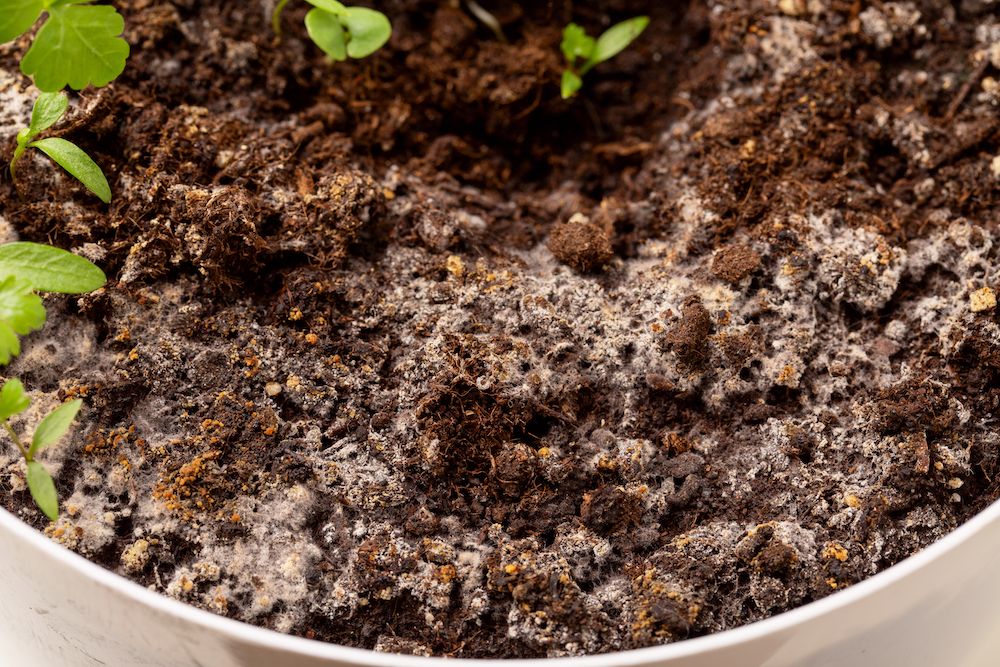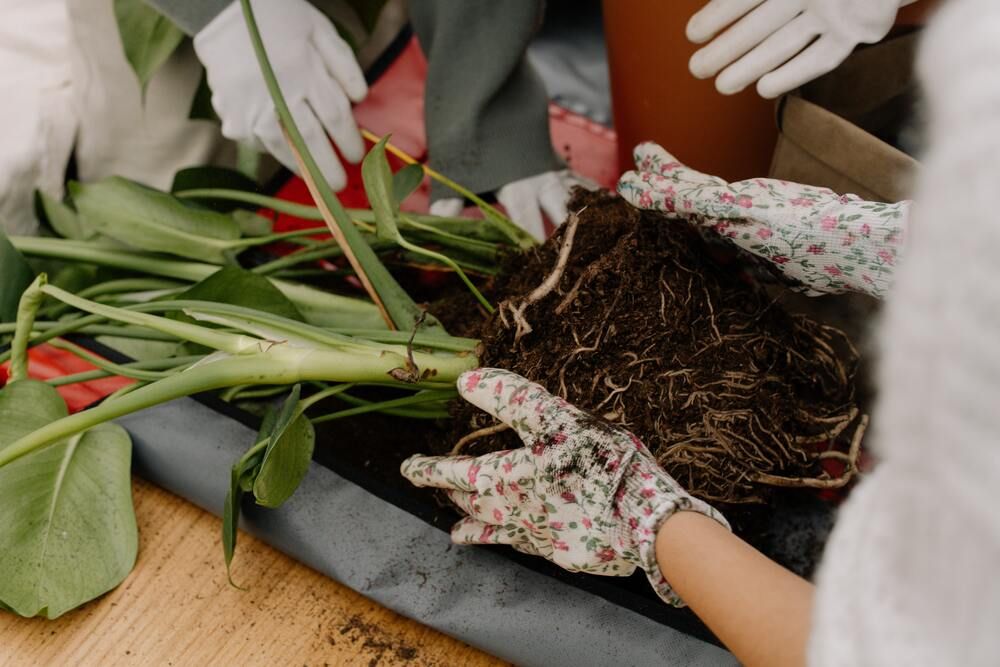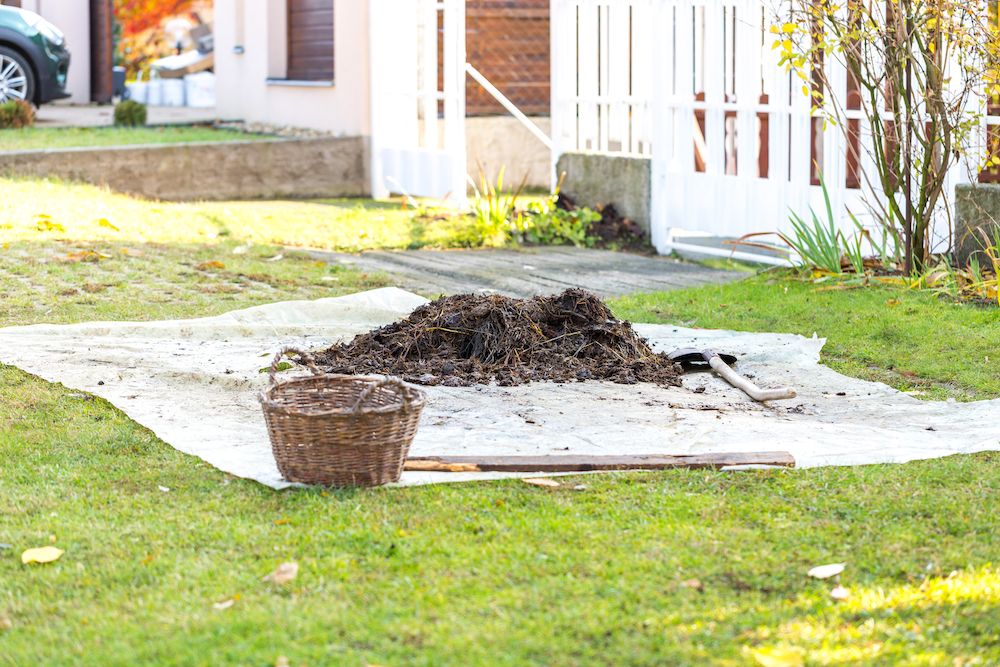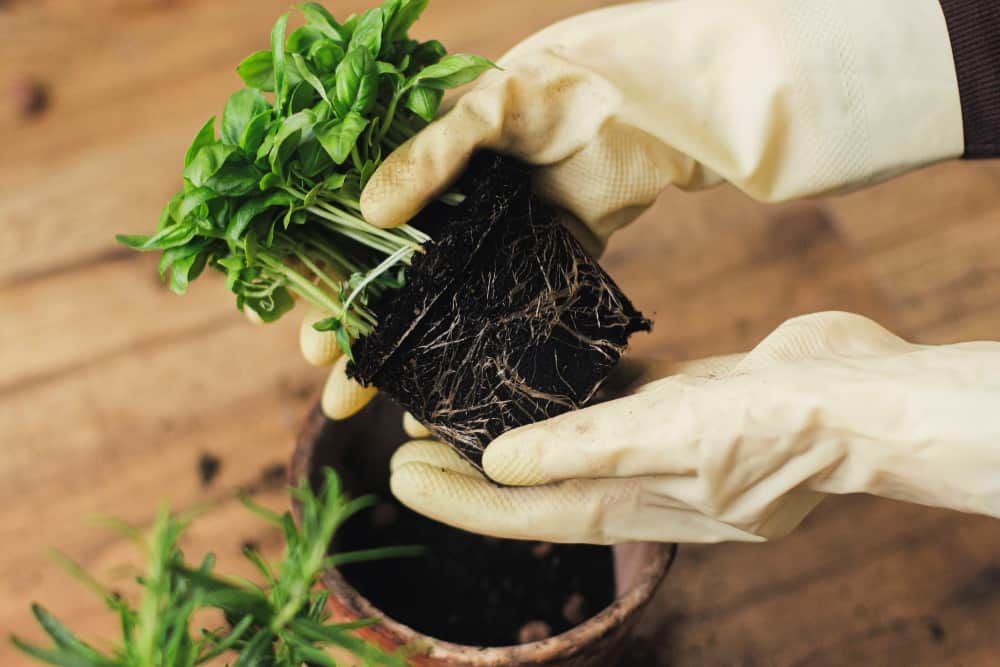When it comes to gardening, you need to consider the climate, humidity, type of plant, and, most importantly, the quality of the soil you'll be using to grow your plants. Soil plays a massive role in your plant's life and health, so naturally, when you see mold growing in your houseplant soil, you'll be terrified.
Is mold a consequence of something you did, or did it grow out of thin air? If your soil has good aeration, drainage, and structure, seeing mold can throw you off your gardening game. So, is mold dangerous for your plants? Why does it happen, and what can you do to prevent it? Learn more about how to get rid of mold in your soil.
Is Moldy Soil Bad for Your Houseplants?
Image credits: 8H via Shutterstock
There are many kinds of mold, but the one you see growing in your houseplant soil is white mold (Sclerotinia sclerotiorum). It is one of the most destructive plant pathogens that thrive in humid conditions.
If your houseplant is in a room without proper sunlight and air, and your soil has poor drainage, you'll see white mold starting to grow. But before you throw away your pot and plant, know that white mold isn't an immediate threat and won't harm your plant just yet, but you'll need to act fast.
However, get rid of it before it creates an environment that could harm your plant. Mold attracts different pests, including fungus gnats, that can damage roots and potentially kill young plants.
Also, moldy soil indicates that your plant is growing in an overly moist environment. Overwatering and poor drainage can cause root rot and premature plant death, apart from inviting mold.
Invest in a good soil moisture tester to find out if overwatering is causing mold to grow in your houseplant soil. After testing your soil, improve its structure, drainage, and aeration to remove and prevent mold from growing again.
Why Does Houseplant Soil Get Moldy?
Image credits: matuska via Shutterstock
Besides inviting pests, white mold steals your plant's nutrients by killing its cells and weakening the entire structure. It doesn't happen immediately, but it does over time, so act fast when you see it.
White mold can be hazardous in agriculture, mainly when it establishes itself on commercial land. From seedlings to young and mature plants, white mold infects plants at any stage.
When white mold isn't ravaging plants, it can spend 90 percent of its life resting and hiding in the soil for over five years. It is why it's important to sterilize the soil before using it for your plants, especially if it's moldy.
So, why does houseplant soil get moldy?
1. Overwatering
Overwatering is the most common reason for mold growth. If you have consistently given your plant more water than needed, the wet soil will eventually become a perfect growing medium for the mold. Test your soil to prevent under and overwatering. Once you nail your plant's watering schedule, you've won half the battle against mold and root rot.
2. Poor Soil Drainage
Poorly draining soils are a recipe for mold and root rot that can damage and potentially kill your plants, regardless of how established they are. Ensure your pot has enough drainage holes, and amend your soil by adding granite, coarse sand, or perlite to improve drainage and aeration.
3. Soil Contamination
Store-bought soil can sometimes be contaminated due to poor packaging and moisture content, which can lead to mold growth in the future. It can also happen due to improper storage. This is why it's important to learn how to store potting soil to avoid possible contamination.
How to Deal With Mold in Your Houseplant’s Soil
1. Repot Your Plant
Image credits: cottonbro via Pexels
The first thing that comes to mind is to repot your plant because it's the simplest and fastest solution, but you'll need to be gentle and should account for transplant shock. Remove the plant from the pot, clean the container, and spray it lightly with fungicide for extra security.
Check out Garden Safe Fungicide spray if you're into organic gardening or the Bonide Sulfur Plant Fungicide Dust if you're looking for a more budget-friendly option. If you can't access commercial fungicides, wear gloves, take a large container, and mix one part household bleach with nine parts water.
Soak your contaminated pot or container in this solution for 10 minutes. After that, remove the container, wash it thoroughly with dish soap, and let it air dry away from direct sunlight.
After using one of these methods to disinfect your pots and containers, refill them with sterile soil, clean your plant's roots, cut infected and dead roots, and put the plant back in its home. Avoid over or underwatering your plant by investing in a good moisture tester to prevent mold from returning.
2. Dry the Soil in Direct Sunlight
Image credits: Tynka via Shutterstock
One of the best ways to get rid of mold in your houseplant soil is by exposing it to harsh sunlight. Lay out a large tarp, spread it under direct sunlight, and let it 'bake' and dry for a couple of hours or more.
If you followed step one and sterilized the soil, place the pot under direct sunlight. Remember, plastic pots are safe but avoid exposing them to direct sunlight very frequently to avoid leaching.
3. Repot New Plants Immediately
Image credits: Bogdan Sonjachnyj via Shutterstock
Remember that store-bought potting mixes can be a haven for mold if their packaging is compromised. You can always DIY your potting soil to have total control over your plant's growing environment.
When you bring home new plants from the nursery, repot them in a new container with sterile soil to prevent mold outbreaks.
Mold No More!
While moldy soil isn't an immediate threat, eliminate it before it creates an environment that threatens your plants. If your soil lacks exposure to sunlight and has poor drainage and aeration, mold can quickly form to contaminate the soil and battle with your plants for nutrients.
Moreover, poor drainage and aeration can cause root rot, severely damaging your plants. You can check out Garden Safe Fungicide or Bonide Sulfur Plant Fungicide Dust to help remove and prevent mold in your houseplant soil.
As always, leave your experiences, thoughts, and questions in the comment section! And share with friends and family who might find this helpful.
Happy Gardening!

